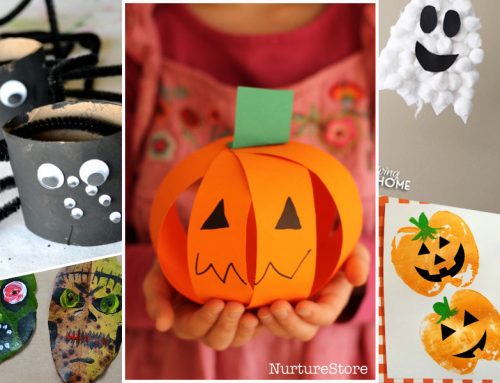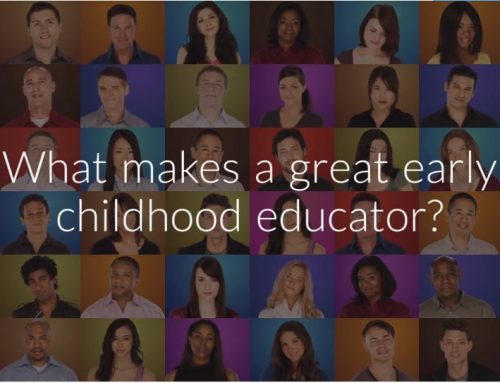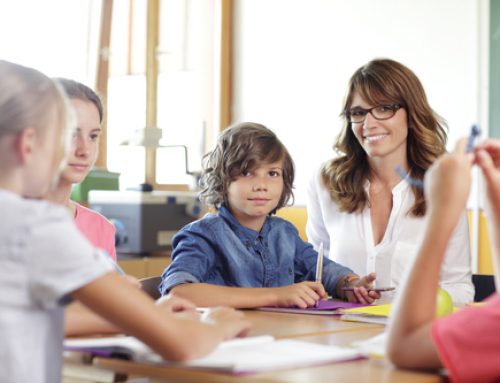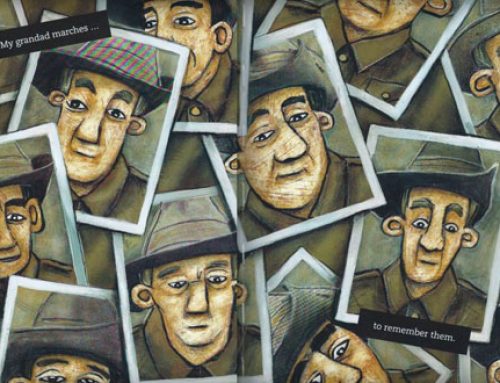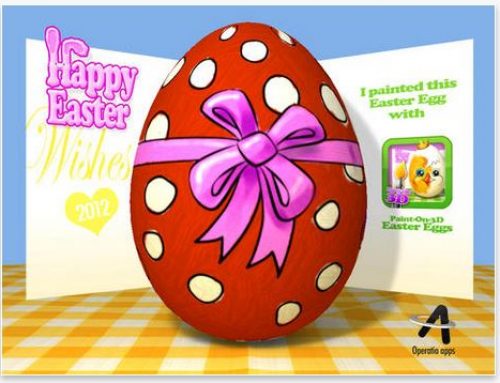 Observations are a value adding tool for programming within your centre, therefore observations should be used as an opportunity to take a snap shot of a situation or interaction which is noteworthy. It is a task that should be undertaken with the required amount of effort to produce an observation of quality which will be useful for inclusion in a child’s portfolio, be informative if shared with parents and to enable further programming decisions to be made where required.
Observations are a value adding tool for programming within your centre, therefore observations should be used as an opportunity to take a snap shot of a situation or interaction which is noteworthy. It is a task that should be undertaken with the required amount of effort to produce an observation of quality which will be useful for inclusion in a child’s portfolio, be informative if shared with parents and to enable further programming decisions to be made where required.
Developing observation skills is like learning any other skill. It takes time and dedication to the task to produce relevant and accurate observations. Continuing practice in recording observations, combined with self-reflection will improve observation skills. Self-reflection on observations is the key to improvement. Having high expectations for the production of quality observations, in conjunction with feedback from peers, will also assist in the development of this skill.
What should be observed?
When documenting an observation, an initial assessment should be undertaken by the educator to determine the value of the interaction or situation which is being observed.
In other words does the situation have some relevance to a child’s development within the NQF or is there another compelling reason for which the observation should be recorded?
Example 1 is an observation completed by an educator. This observation shows a minimal attempt at producing an observation.
Example 1
Jake demonstrated fair behaviour while playing games on the computer.
Analysis:
What is the reason for this observation?
It could be inferred that Jake is usually not fair in his play when on the computer. Is this an accurate assumption for the observation?
Is fairness something that Jake usually has difficulty with while playing games on the computer or is it a challenge for all interactions for Jake?
Who else was involved in the activity? Was the other child or children engaged with the play? Was there any conflict resolution? Was there any verbal interaction between Jake and others playing with him? What actions were displayed which made the educator document that Jake was showing fair behaviour? And so on.
This observation illicits more questions than it answers and is more a comment than an observation. Including the circumstances around the activity would provide more insight into why this observation has been made and may lead to planning and learning opportunities for Jake and others.
Example 2 is a detailed observation of the same event as example 1. This observation includes an account of the event with interpretation and analysis.
Example 2:
On Thursday Jake and Sam asked if they could set up the computer to play the racing car game. This game requires each player to choose a racing car and race against the clock around a track. The player with the best time for the lap is the winner. Jake had played this game before but Sam had not. Jake showed Sam how to choose a car and customise it for best performance. When both cars were ready to race Jake asked Sam “Would you like to go first?”. Sam agreed and went first. When Sam had finished Jake said “Good try”. Jake then had a go and showed Sam how to skid around corners to keep his speed up and get a better time. The two boys had several more turns each until their computer time limit was reached. Jake showed great maturity and demonstrated his awareness of fairness (NQF outcome 2.3) in helping Sam.
Analysis:
The interaction between the two boys was described in sufficient detail so that the reader is aware of the entire scenario. Including quotes of important parts of the conversation between the two boys reinforces the conclusion of the educator. Finishing with an opinion and linking it to the NQF shows the relevance and the purpose of the observation.
You may also like to read 7 steps to better documentation.




